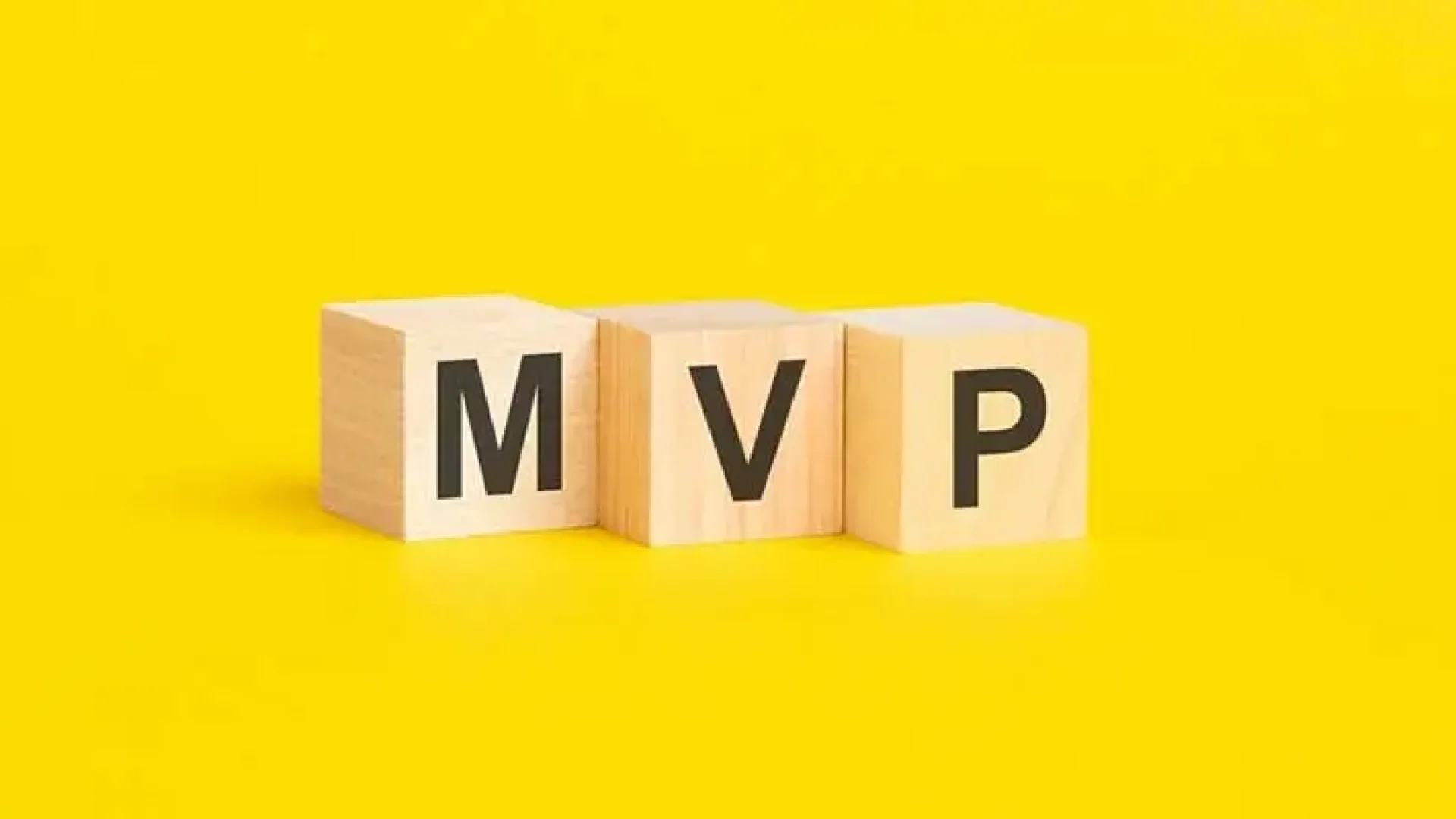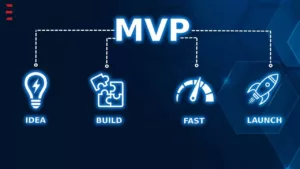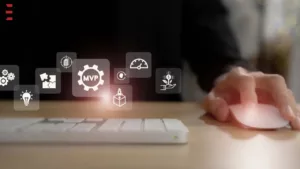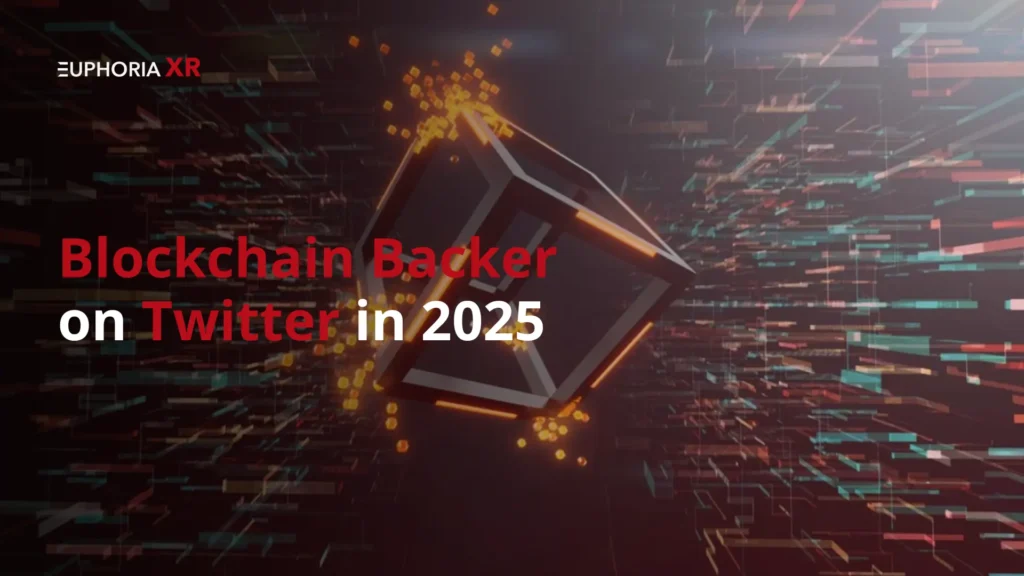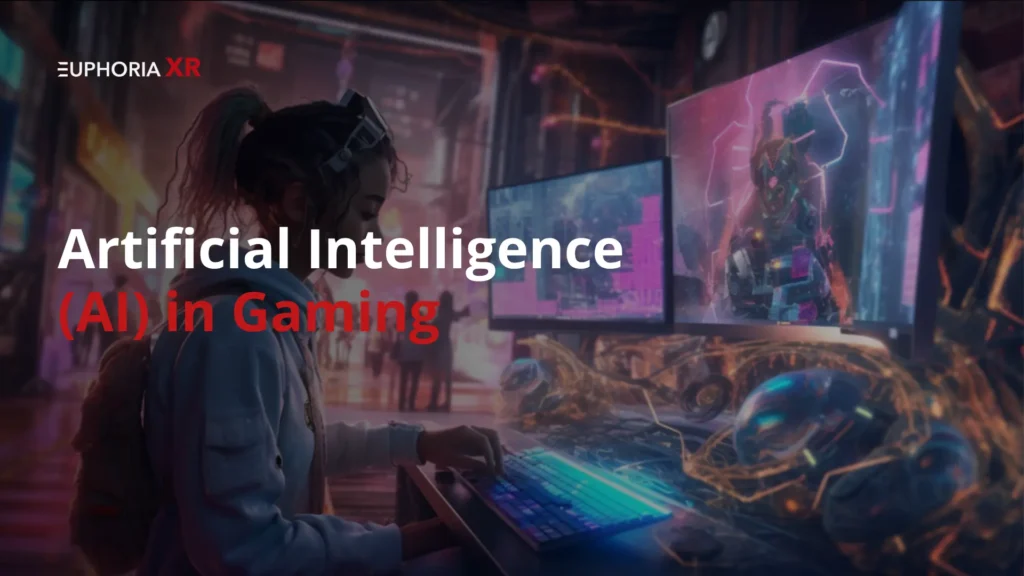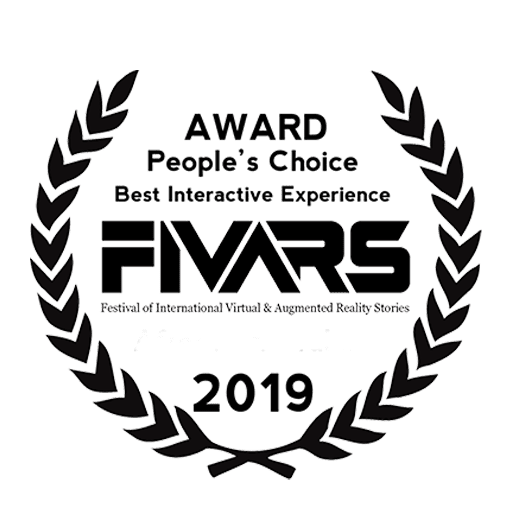In the ever-evolving world of technology, where groundbreaking ideas and transformative innovations are the lifeblood of progress, stands the pivotal gateway to bringing these visions to life – the Minimum Viable Product (MVP). It’s the point where inspiration, creativity, and feasibility converge. Yet, as you embark on this exhilarating journey, it raises one pivotal question: How much does it cost to build an MVP? At the helm of pioneering ventures, we stand as your guiding compass, ready to navigate the intricate waters of MVP development, unraveling the financial considerations that underpin the birth of groundbreaking ideas.
By delving deeper into this blog, we’re here to guide you through the financial landscape of AR/VR MVP development, helping you chart a course that balances vision and budget.
Understanding the MVP Concept:
Before we dive into the financial details, let’s clarify what an MVP is. An MVP is the simplest version of your AR/VR game that still delivers core functionality features and value to users, which is necessary to meet the needs of early users and gather feedback for future development. It’s not a full-blown, feature-rich game, but a foundational prototype that you can use to validate your concept, attract early users, and secure funding for further development. The primary goal of an MVP is to test a product idea with the minimum amount of work and resources.
The Cost Factors for MVP Development in AR/VR:
Here are multiple cost factors to consider for AR/VR MVP development, which exists due to due to the complexity and uniqueness of this technology:
Scope and Complexity:
The complexity and scope of an AR/VR project have a significant impact on the associated costs. Projects that require intricate game mechanics, realistic graphics, and extensive interactivity are typically more expensive to develop due to the increased time and resources required. So, it is important to consider the level of complexity of your project when estimating the costs and to work that delivers the desired outcome within your budget and timeline.
Platform Selection:
The platform that needs to be targeted would significantly impact the cost of an AR/VR project. Developing mobile platforms like smartphones can be more cost-effective than targeting high-end devices like Oculus Rift or HoloLens. However, cross-platform development may increase costs. It’s important to weigh the pros and cons of each platform, to determine the best approach to deliver the desired outcome within the suitable budget.
Hardware and Software:
The cost of hardware and software tools can be a significant factor, as they demand an immersive and high-performance experience. VR headsets, AR glasses, and powerful development PCs can be expensive investments. Additionally, AR/VR development often requires specialized software licenses, so careful budgeting is essential to ensure the successful development and testing of your AR/VR MVP while keeping costs under control.
Technology Stack:
The technology stack encompasses the hardware, software, frameworks, and tools required to build and maintain AR/VR applications. The diversity and specificity of these components, coupled with licensing fees and ongoing costs, make the technology stack a significant cost factor in AR/VR MVP development. It’s worth mentioning that licensing fees for third-party services, such as cloud hosting and analytics, should also be factored into the overall cost estimation.
3D Models and Assets:
AR/VR experiences rely on high-quality 3D models, textures, animations, and sound effects. Creating or licensing these assets can be costly, especially for photorealistic or intricate designs. 3D models and assets are crucial for delivering a captivating AR/VR experience, but they come with significant costs due to the high demands for quality, customization, and quantity. Planning and budgeting for these expenses are essential to ensure your AR/VR MVP meets the desired level of immersion and engagement.
Development Team:
The composition and size of your development team directly impact costs. Hiring skilled professionals, including programmers, 3D artists, designers, and quality assurance testers, comes with salary and resource expenses. Investing in a skilled and experienced team is an investment in the effectiveness of your MVP.
Testing and Quality Assurance:
Ensuring a seamless and bug-free AR/VR experience demands thorough testing and quality assurance efforts. This phase adds to the overall cost, including the equipment needed to test various devices. Thorough testing and QA are essential to ensure that the AR/VR experience meets the high standards expected by users and delivers the desired immersive and engaging experience.
Iteration and Improvements:
MVP development is an iterative process. Budgeting for multiple rounds of revisions based on user feedback and testing results is essential to refine the user experience and functionality. Frequent iterations and updates may be necessary to refine the user experience, resolve issues, and enhance performance. These factors contribute to the cost of testing and quality assurance in AR/VR MVP development.
Content Creation:
In AR/VR, content is a pro. The creation of engaging storylines, interactive elements, high-quality visuals, audio, interactive elements, and unique gameplay features are essential for creating a captivating MVP that can effectively demonstrate the potential of the AR/VR project. While content creation can be a major cost factor, it’s an investment in the MVP’s success and the overall development of your AR/VR game.
UX/UI Design:
Crafting intuitive and visually appealing user interfaces and user experiences is essential for the success of your AR/VR MVP due to the unique challenges and complexities involved in creating immersive and user-friendly experiences in three-dimensional spaces. Investing in skilled UI/UX designers is a cost to consider.
Estimating AR/VR MVP Costs:
While it’s challenging to provide an exact figure for AR/VR MVP development, costs can range from tens of thousands to hundreds of thousands of dollars or more, depending on the abovementioned factors. To get a more accurate estimate, consider:
1. Defining the MVP Scope:
Clearly define the essential features and experiences you want to include in your MVP. Trim unnecessary elements to reduce costs.
2. Platform Selection:
Choose the platforms that align with your target audience and budget. Cross-platform development can be cost-effective.
3. Building a Skilled Team:
Invest in a skilled and experienced development team that can efficiently bring your MVP to life.
4. Continuous Evaluation:
Regularly evaluate and refine your MVP to keep costs under control and ensure you’re meeting your goals.
5. Seek Expert Advice:
Consulting with experienced AR/VR developers can provide valuable insights into budgeting and MVP development strategies.
Your AR/VR MVP Investment with Euphoria XR:
Building an AR/VR MVP is an investment in the future success of your game. It allows you to test your concept, gather feedback, and secure the resources needed to take your immersive vision to the next level. While the costs may vary, careful planning and smart decisions can help you navigate the financial waters of AR/VR game development, bringing your vision one step closer to reality.
At Euphoria XR, we specialize in AR/VR game development and can assist you in estimating and managing the costs of your AR/VR MVP project. Together, let’s embark on a voyage where innovation meets fiscal responsibility, shaping not just the future of your concept but also the financial landscape that will bring it to fruition. Join us as we set sail into the realm where innovation meets fiscal responsibility, shaping the course of your MVP creation.
Reach us today to explore how we can collaborate to turn your immersive dreams into captivating AR/VR gaming experiences.

